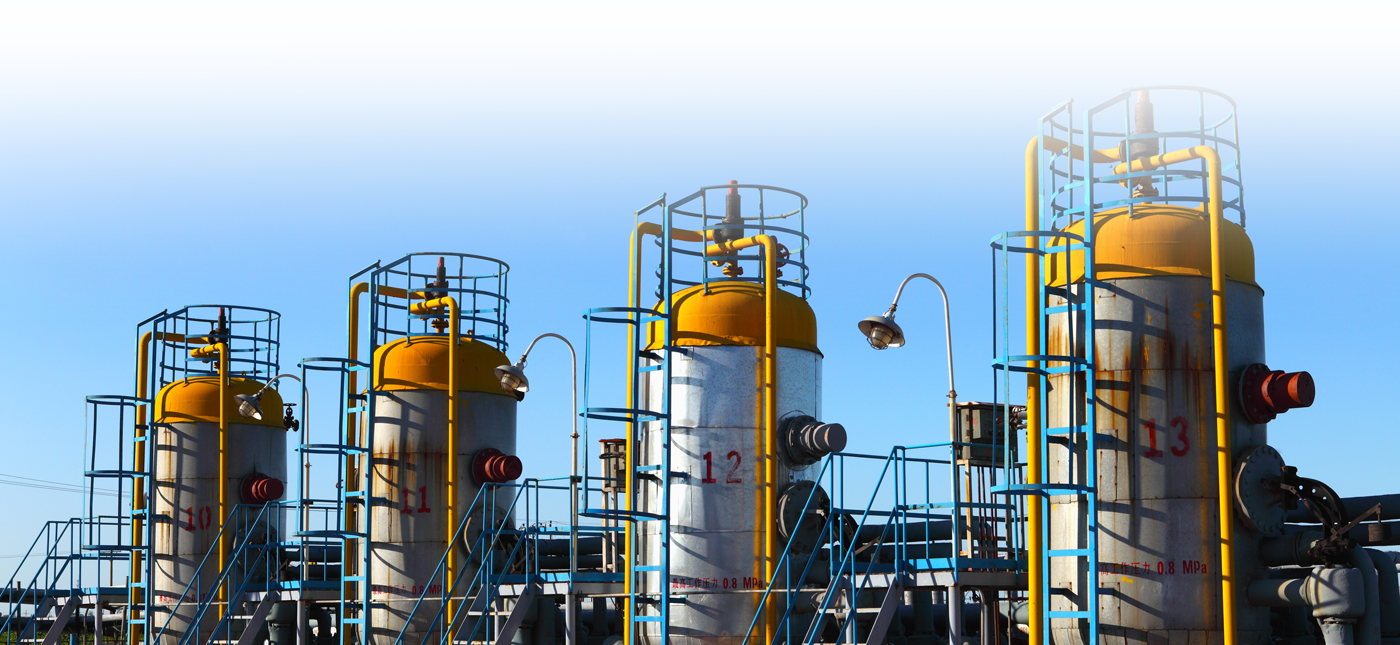Torsional Vibration
Torsional Vibration Problem with Motor/ID Fan System Due to PWM Variable Frequency Drive
Paper No. 96
Proceedings of the 37th Turbomachinery Symposium, 2008. Troy Feese, P.E. and Ryan Maxfield
Induced draft (ID) fan systems often use louvers or variable inlet guide vanes to control the flow of exhaust through the fans. An ID fan system can be made more efficient by using a variable frequency drive (VFD) to control the fan speed, which controls the air flow without adding restrictions to the flow path. To reduce energy costs, many companies are using more VFDs.
This paper discusses how a VFD was the source of high torsional vibration in a motor/ID fan system operating a sufficient margin away from the torsional natural frequencies. This type of system instability is not a classical torsional resonance and would be difficult to predict in the design stage. As a result of the high torsional vibration, several couplings were damaged and a motor shaft experienced a fatigue failure before the problem could be clearly identified and solved.
Two different fan systems at the refinery were tested and shown to exhibit similar torsional behavior, although only one of these systems actually failed. Test data showed that the dynamic torque in the couplings was excessive when the original VFD was operated at electrical frequencies above the first torsional natural frequency of the system (21 to 28.5 Hz depending on the fan and coupling arrangement). Within the normal operating speed range, there was continual reversing torque, which is considered unacceptable for centrifugal equipment.
To demonstrate that the VFD was the source of the excitation, the VFD was reconfigured as a soft starter so that it could be bypassed and the fan could then be operated at constant speed using inlet damper control. When operating across-the-line without the VFD, the dynamic torque was significantly reduced (approximately 10 percent of the motor rated torque).
After the test results were reviewed, a new VFD was developed and installed by the manufacturer to prevent the problem from reoccurring within the normal operating speed range. Final measurements are presented that show significant reduction in dynamic torque after the drive modifications were implemented.
Download PDF
